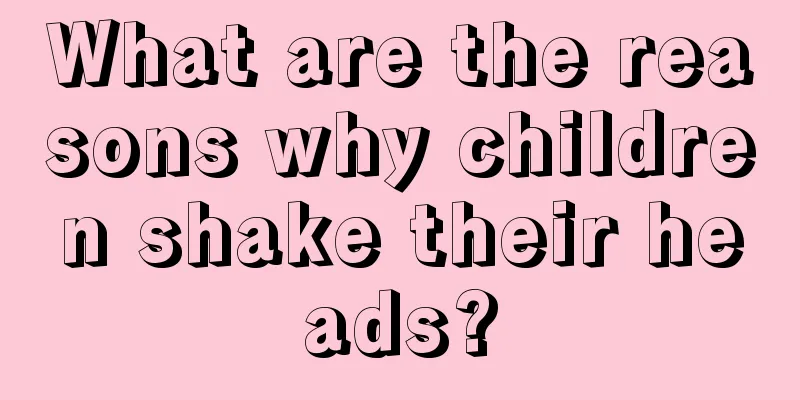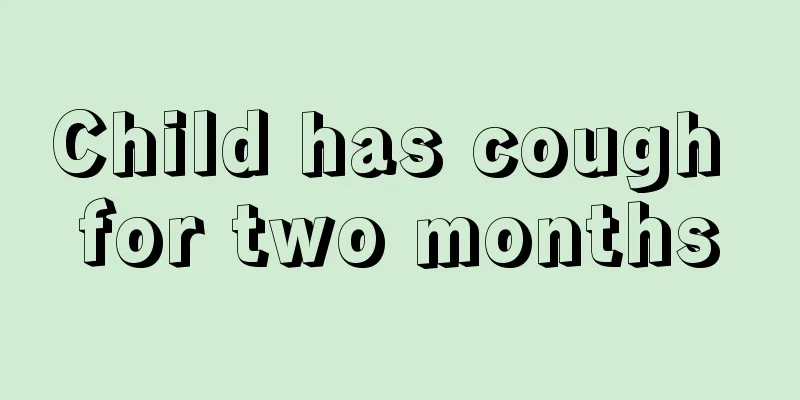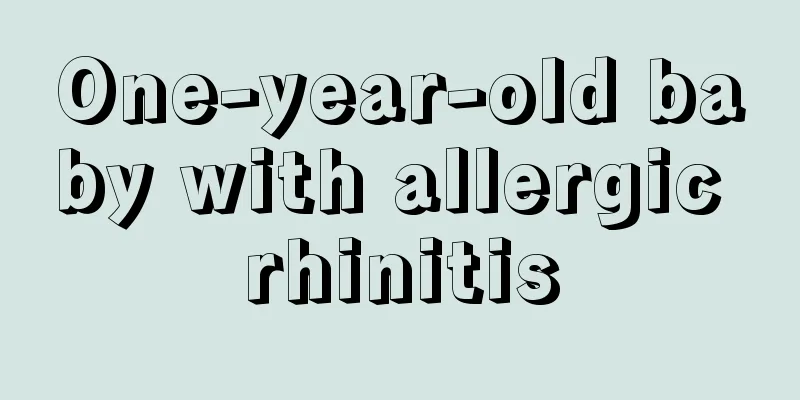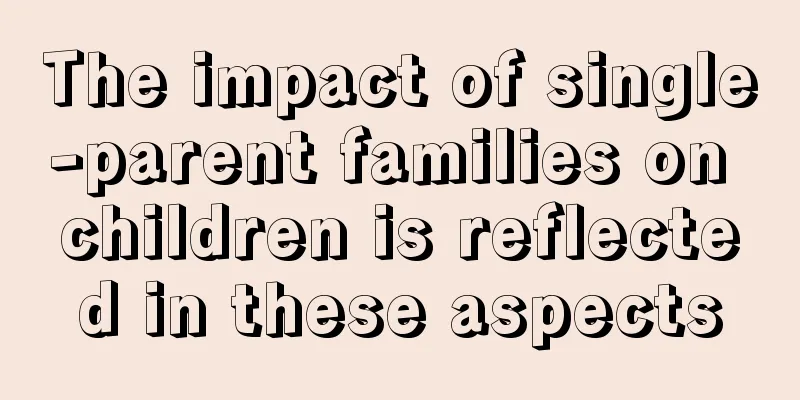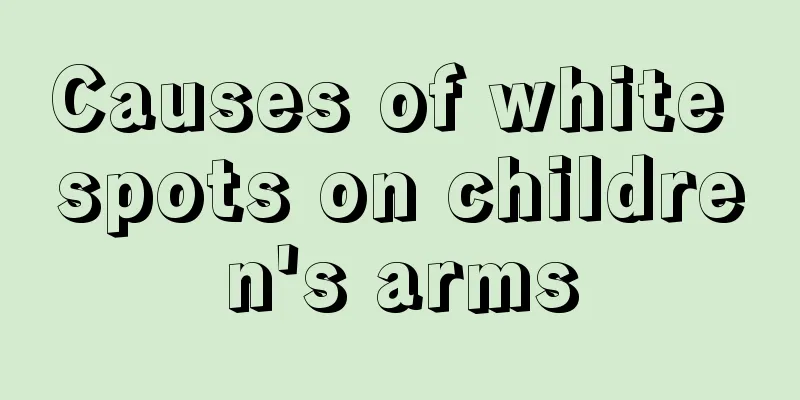What to do if your child always sniffs his nose

|
If children always sniff their noses, it is actually not good for their nasal cavity. Over time, they will develop some nasal diseases, which will affect their physical health and even cause chronic diseases. Therefore, it is necessary to pay attention to it. It is best not to sniff your nose frequently. In addition, if the condition is more serious, surgical treatment measures may be required. Chronic diseases, such as anemia, tuberculosis, and liver, kidney, and heart diseases, can cause anemia or congestion of the nasal mucosa, which is clinically manifested as chronic rhinitis. Nasal tuberculosis and nasal syphilis are local manifestations of systemic tuberculosis and syphilis. Severe nasal trauma is often combined with craniocerebral or systemic trauma. Squeezing nasal furuncle may lead to cavernous sinus (intracranial venous sinus) infection. Improper treatment of sinusitis may lead to meningitis. Once intracranial complications occur, it can cause serious consequences and even death. Allergic rhinitis may occur simultaneously or successively with other allergic diseases (bronchial asthma, urticaria, eczema, etc.). Sneezing may be a precursor symptom of anaphylactic shock. Sellar surgery through the nasal cavity or sinus can avoid craniotomy, reduce intraoperative bleeding, and have fewer complications, which is safer for patients. Common nasal diseases Rhinitis, sinusitis, and epistaxis are common clinical nasal diseases. Other common diseases are as follows: Nasal furuncle and nasal vestibulitis Nasal furuncle is a furuncle on the skin of the nasal vestibule. The main pathogen is Staphylococcus aureus. Initially, it presents as localized redness and swelling. In severe cases, the redness and swelling may spread to the upper lip and cheek. Treatment is mainly based on hot compresses and the use of antibiotics. Do not squeeze the furuncle to prevent intracranial infection. Cavernous sinus thrombosis and phlebitis. Improper treatment may cause blindness and death. Nasal vestibulitis is mainly caused by the irritation of the skin of the nasal vestibule by the secretions of rhinitis and sinusitis. Children often see redness, swelling, and crusting around the skin of the nasal vestibule and anterior nostrils. Treatment is mainly based on the application of non-irritating anti-inflammatory ointment locally, and treatment of rhinitis and sinusitis. Nasal trauma is common in fights, surgeries, traffic accidents, etc., mainly including external nasal cuts, blunt trauma and nasal bone fractures. Severe nasal trauma is often accompanied by sinus trauma, facial and craniocerebral injuries and injuries to other parts of the body. Fresh nasal bone fractures are easy to treat and are prone to recurrence. Old fractures require surgery to correct nasal deformities. There are often foreign bodies left in the wound surface of nasal trauma, so you should pay attention when handling it. |
>>: Why are children's hands peeling?
Recommend
Treatment of a two-month-old baby's cough with phlegm
Western medicine believes that cough is not a dis...
How to educate a crying child
I believe many parents have had similar experienc...
What to do if your child's nose is always blocked
More and more people are suffering from rhinitis,...
What to do if your child has toothache
When children have toothache, it is usually cause...
How many hours does the baby sleep through the night?
Some babies can sleep through the night when they...
The baby has not defecated for four days and only farts
In fact, babies can also suffer from constipation...
What's wrong with the white pimples on the baby's face?
What should I do if my baby has small white pimpl...
The child is almost 2 years old and still can't speak
We all know that some children start talking earl...
What are the dangers of low testosterone in children?
If a child has low testosterone, the first thing ...
How to treat children’s nasal congestion and cold?
Nasal congestion and colds are most likely to occ...
Children's stomach pain is mainly due to it
Children's resistance is relatively poor. For...
Can young children drink monk fruit water?
The healthy growth of infants and young children ...
One month old baby vomiting
In life, whether it is bottle feeding or breastfe...
What changes occur in baby’s sleep after 100 days?
Sleep is very important for babies who have just ...
What is the best way to treat cerebral palsy in children?
Cerebral palsy is a common disease in children. I...
